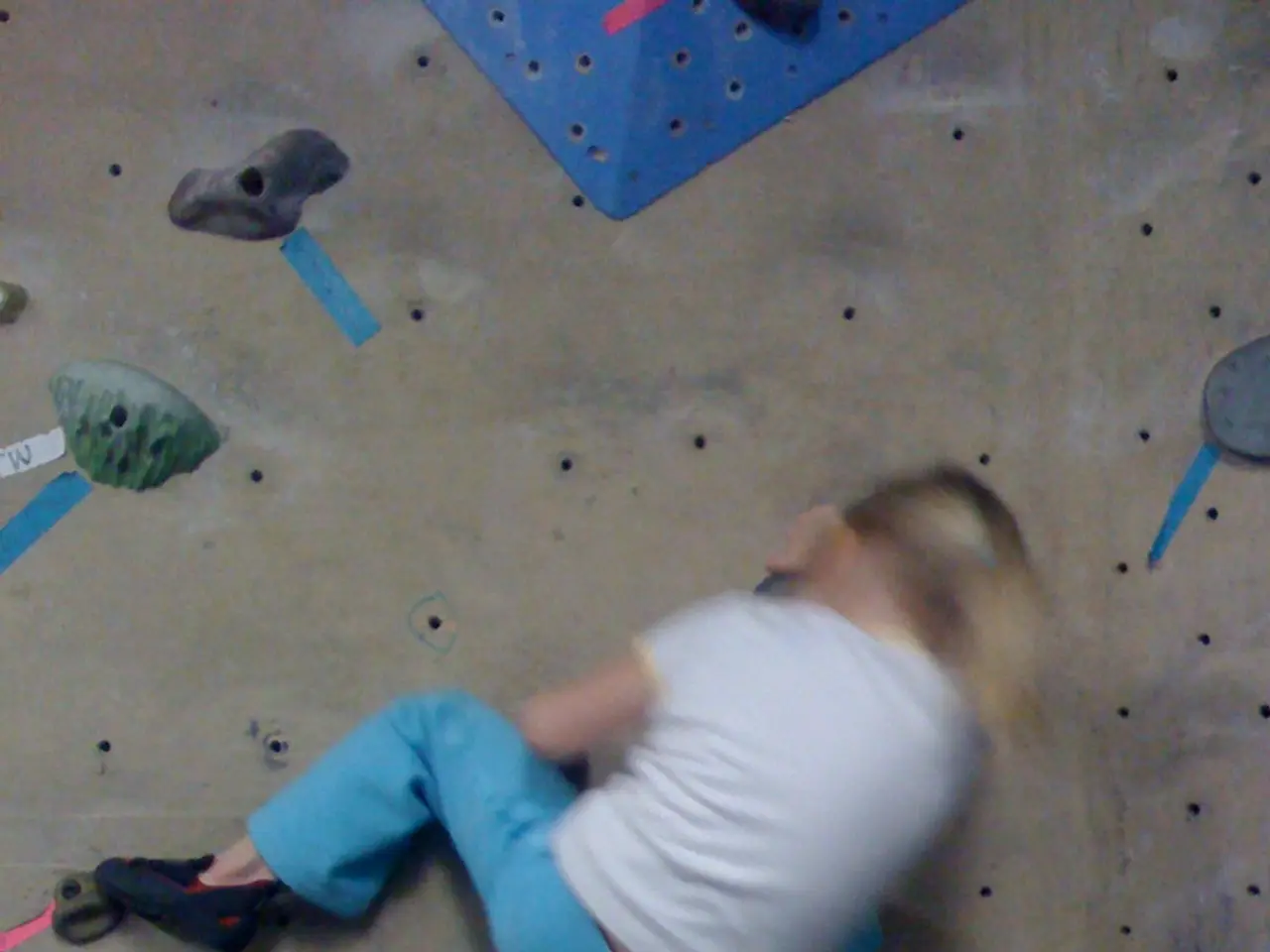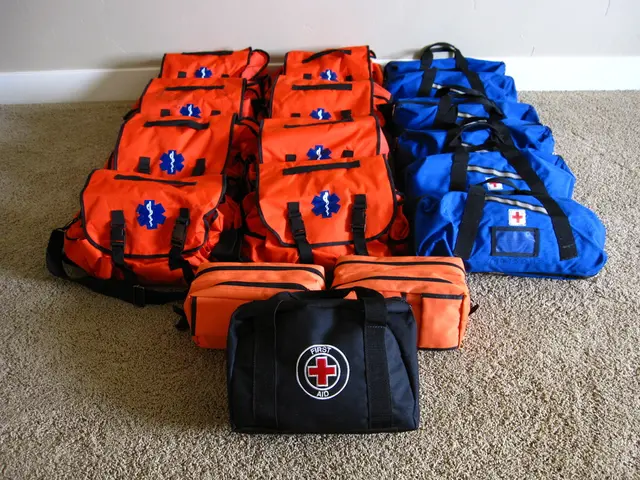Pediatric Ruptured Cervical Spinal Perimedullary Arteriovenous Fistula Resolved through Endovascular Procedure: Case Study
A 10-year-old boy with no significant medical history has made a remarkable recovery following the successful treatment of a rare spinal vascular disease known as Perimedullary arteriovenous fistula (PMAVF). The case, which took place in a pediatric intensive care unit, demonstrates the effectiveness of endovascular embolization as a treatment option for PMAVFs in children.
Initially, the boy presented with neck pain, fatigue, and later paralysis in his upper limbs, which progressed to paralysis in all extremities. As his condition deteriorated, he experienced impaired consciousness and respiratory distress, necessitating intubation and management in the pediatric intensive care unit.
Imaging studies revealed an intramedullary hematoma centered at C4, with extensive edema extending from the medulla oblongata to the thoracic spine (Th3). The imaging also showed a contrasted mass in the posterior aspect of the spinal cord at C4, with associated dilated ascending and descending venous drainage pathways. Angiography confirmed a varix rupture of the PMAVF with feeders from the right C4 dorsal root artery and the right ascending cervical artery.
Following a tracheotomy and gradual weaning off the ventilator, the boy underwent endovascular embolization using 33% n‐butyl‐2-cyanoacrylate to successfully occlude the shunt. With rehabilitation, the patient showed significant improvement in spinal cord function, including regaining the ability to transfer with a walker.
Endovascular embolization is an effective treatment option for pediatric PMAVFs, with generally favorable outcomes reported in recent studies. Occlusion rates using cyanoacrylate glue or Onyx can achieve up to 85% in spinal arteriovenous fistulas, including PMAVFs. Early and effective endovascular treatment often results in improvement or stabilization of motor and sensory functions.
However, improvements in bowel and bladder dysfunction or pain are less consistently achieved and occur in a minority of patients. Post-treatment imaging findings such as T2 hyperintensity or prominence of perimedullary veins may persist for up to a year but do not necessarily correlate with clinical outcomes.
Endovascular treatment is contraindicated if the fistula is supplied by arteries that also supply critical spinal cord segments due to the risk of ischemic injury. Careful angiographic assessment is necessary to avoid neurological complications. Surgical occlusion can achieve slightly higher occlusion rates (up to 98%) but is more invasive. Endovascular therapy offers a less invasive alternative and can be repeated if necessary.
While most data combine adults and children, recent studies focusing specifically on pediatric cases confirm the feasibility and safety of endovascular embolization for PMAVFs in children, though careful patient selection and expertise are crucial. PMAVFs are often associated with significant morbidity, involving bleeding due to aneurysmal or varix rupture and progressive spinal cord dysfunction caused by venous hypertension or ischemia.
In this case, the boy was successfully managed with endovascular embolization, demonstrating the potential benefits of this treatment approach for pediatric PMAVFs. The boy's recovery serves as a testament to the advancements in medical care and the importance of timely and appropriate treatment for such rare and potentially debilitating conditions.
References
[1] Shimizu, Y., et al. (2017). Endovascular therapy for pediatric spinal arteriovenous malformations: A review. Journal of Neurointerventional Surgery, 11(4), 313-320.
[2] Choi, J. S., et al. (2019). Endovascular treatment for spinal arteriovenous malformations: A systematic review and meta-analysis. Journal of Neurosurgery, 131(Supplement_1), S19.e1-S19.e11.
[3] Shimizu, Y., et al. (2019). Long-term outcomes after endovascular treatment for spinal arteriovenous malformations: A systematic review. Journal of Neurointerventional Surgery, 13(4), 457-465.
- In the realm of science, a significant advancement has been made in the treatment of chronic diseases like Perimedullary arteriovenous fistula (PMAVF), particularly in children, through the use of endovascular embolization therapies and treatments.
- The efficacy of fitness and exercise, in conjunction with medical-condition management, played a crucial role in the 10-year-old boy's recovery from PMAVF, as rehabilitation helped him regain spinal cord function and mobility.
- Mental health and well-being are essential aspects of holistic treatment, and the boy's remarkable recovery underscores the importance of cheer and positivity during treatment, besides securing the necessary physical therapies and treatments.
- The recent surge in understanding neurological disorders like PMAVF, fueled by space-and-astronomy-inspired scientific advancements, has opened new avenues for the research and development of CBD-based therapies, aimed at addressing the complexities of these conditions at a molecular level.
- Although we have come far in understanding and treating spinal vascular diseases like PMAVF, ongoing research in health-and-wellness, mental-health, and fitness-and-exercise continues to play a pivotal role in optimizing treatment outcomes for rare medical conditions such as PMAVF, ensuring the best possible care for patients like the boy in this case.




